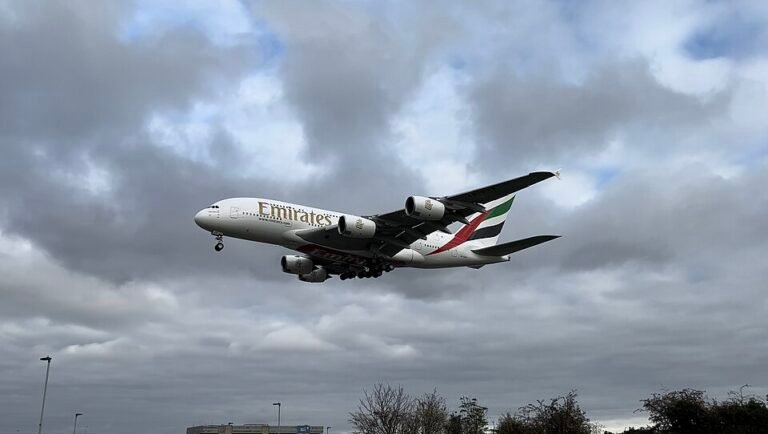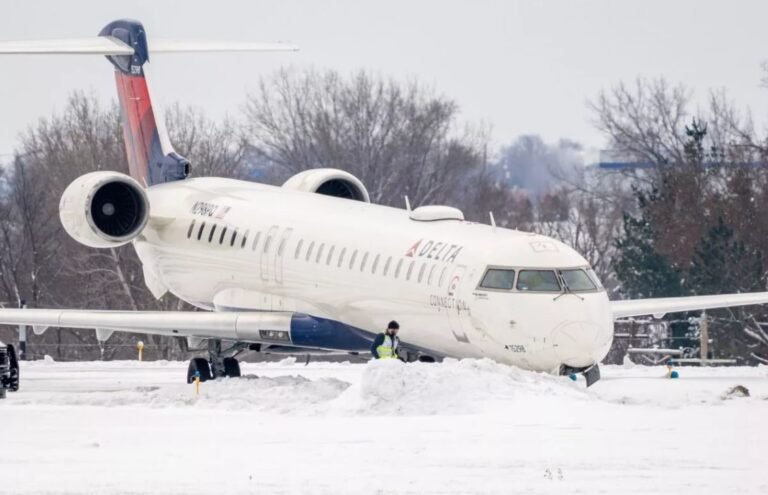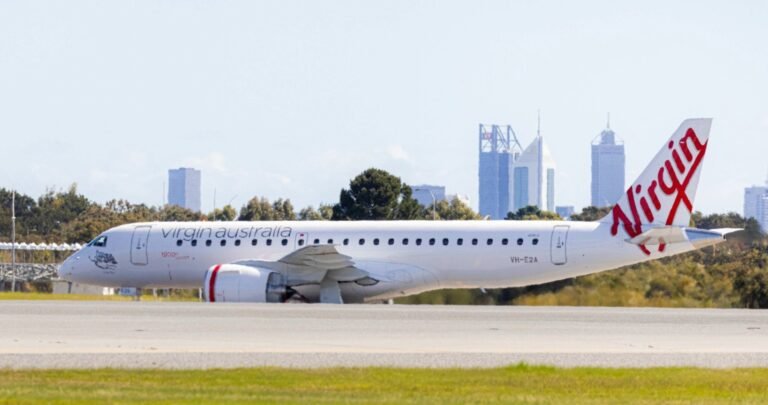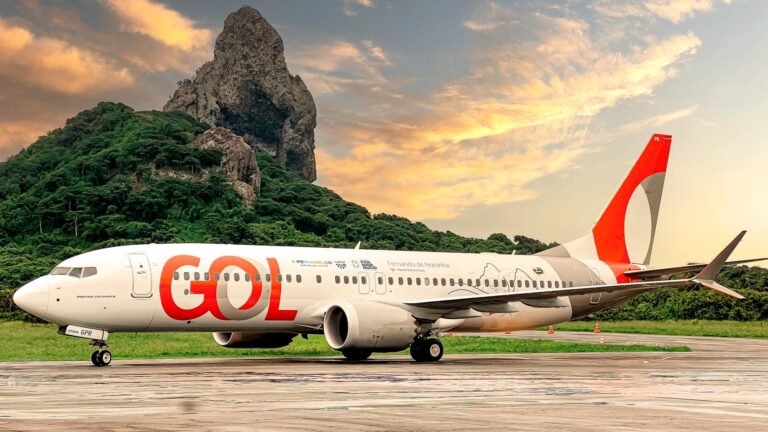Picture from Wikipedia
November 17, 2024 – New Delhi: India’s aviation sector reached new heights on November 17, 2024, when it flew 5,05,412 domestic passengers in a single day. This historic milestone demonstrates the industry’s resilience and promise as it handles rising demand and difficult obstacles.
Breaking Down the Numbers
Flights Operated: 3,173 domestic departures contributed to the record-breaking passenger flow.
Number of passengers: The milestone comes after two weeks of steadily rising air travel demand. Starting with 490,000 passengers on November 8th, the numbers progressively increased, hitting 496,000 on November 9th, 499,000 on November 15th, and finally peaking at 505,412 on November 17th. Despite a modest fall to 498,000 on November 16th, the overall trend indicates an increasing demand for air travel in India.
A Surge in Travel Demand
Seasonal travel trends, government policies, fleet expansions, and improvements in passenger experiences have all been contributing to the noteworthy comeback of the Indian aviation sector.
Both domestic and international travel have significantly increased as people return home or take vacations as the winter season approaches and holidays like Diwali approach. The demand has been greatly increased by this seasonal increase in airplane activity.
Millions of Indians may now travel more affordably and easily thanks to important programs like the UDAN program, which has increased air connection to smaller cities. To meet this growing demand, major airlines like IndiGo, Air India and SpiceJet are growing their fleets and providing more affordable travel alternatives, especially in domestic markets.
Furthermore, investment in airport infrastructure and modern aircraft improves the entire passenger experience. With advancements in check-in procedures, aircraft size, and onboard amenities, flying is fast becoming the preferred mode of transportation for many.
India’s Aviation Growth: A Global Player in the Making
India’s aviation sector is projected to emerge as the third-largest globally by 2025, following the United States and China. This growth is attributed to a rising middle class, robust economic recovery, and an increasing volume of air travelers. Following the setbacks experienced during the COVID-19 pandemic, domestic traffic is witnessing a resurgence. With the development of new airports, expanded fleets, and an augmented network of international routes, India is strategically positioning itself as a significant entity in the global aviation market, marking a pivotal moment in its evolution as a central hub for international air travel.
Key Challenges on the Horizon
The Indian aviation industry, despite showing positive signs of recovery, is confronted with significant challenges that need to be addressed for sustained growth. Key issues include rising fuel costs, which lead to increased ticket prices and affect profitability due to ongoing volatility in global fuel prices. Additionally, while major airports have been upgraded, many regional airports experience congestion, necessitating government action to build new airports and expand existing ones. Furthermore, a shortage of trained aviation professionals, including pilots and maintenance staff, poses a critical barrier; enhancing training and recruitment efforts will be essential to meet the sector’s increasing demands.
Looking Forward for Indian Aviation
The future for India’s aviation sector remains quite positive. The combination of strong infrastructure development, increasing fleets, and government backing prepares the country for future growth. As India grows as a global aviation center, the industry is projected to play a larger role in the global economy.
By 2025, India is expected to join the world’s top three aviation markets, paving the path for larger overseas travel opportunities, more international collaborations, and greater impact in the global aviation industry.
Subscribe to our newsletter to stay up to date on the newest aviation developments.





















